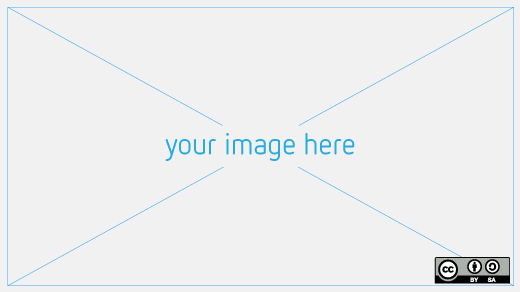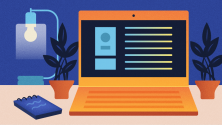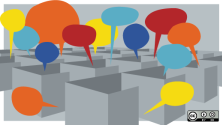If you know a professional designer who is contributing time to an open source project, chances are they fall into one of these three categories, explained Garth Braithwaite, who spoke Monday at the All Things Open conference:
1) They were tricked into it or peer pressured by a friend who is also an open source project manager.
2) They work for a corporate sponsor, so they’re paid for their contributions.
3) They’re a designer who just so happens to be a developer.
But why is that? Why aren’t there more designers contributing their mad skills to open source projects on their own time? A big part of the problem is culture, said Braithwaite, who works at Adobe on open source projects as a design and code contributor. Design hasn’t had its own open source champion in the same way that Linus Torvalds or Richard Stallman have advocated for Linux and free software, Braithwaite said. On top of that, design schools and managers often encourage competition among students and employees, Braithwaite said, which doesn’t exactly lead to a collaborative mindset.
And if that’s not enough, Braithwaite said designers are often overworked and under appreciated. It’s not uncommon for designers to be working on three or more projects at once during their day jobs, which doesn’t exactly entice them to come home and work on an open source project, he said. And while that’s also a problem for developers, Braithwaite, who calls himself a hybrid designer/developer after starting out as a designer but transitioning to development to make more money, said he feels it’s worse for designers because they are often outnumbered.
In particular, Braithwaite said open source projects need design help in three key areas: User Experience, Branding, and Visual User Interface. But recruiting them isn’t going to be easy, Braithwaite said, because open source developers haven’t created an atmosphere where designers can feel like they’re part of a community. Open source communities can feel “highly exclusive,” Braithwaite said, adding: “It feels like a cool kids’ club that (designers) are not a part of or maybe a really nerdy kids’ club.” Developers need to help motivate designers, he said.
But how? One way is by helping the designers in your life understand the benefits of participating in open source and recruiting them to join a project. That can be a slow process, however, so if you need a designer now and can’t hire one, don’t wait, Braithwaite said.
“You are officially deputized as designers you are now junior designers,” Braithwaite told the developers in the room. Design is a skill, he explained, and like any skill, it's one you can grow. He cautioned those learning to flex their design muscles to avoid being paralyzed by perfectionism. On the flip side, he said to never stay satisfied with your current quality of work, saying all developers are capable of making incremental improvements in their design ability.
And for those designers who would like to contribute their skills to an open source project, Braithwaite advises them to get on GitHub and start perusing projects that need help. Additionally, he encouraged all designers to learn to prototype in HTML, CSS, and Javascript saying it’s much more valuable to a developer than a PSD file.
series
This article is part of the All Things Open Speaker series. All Things Open is a conference exploring open source, open tech, and the open web in the enterprise.







7 Comments